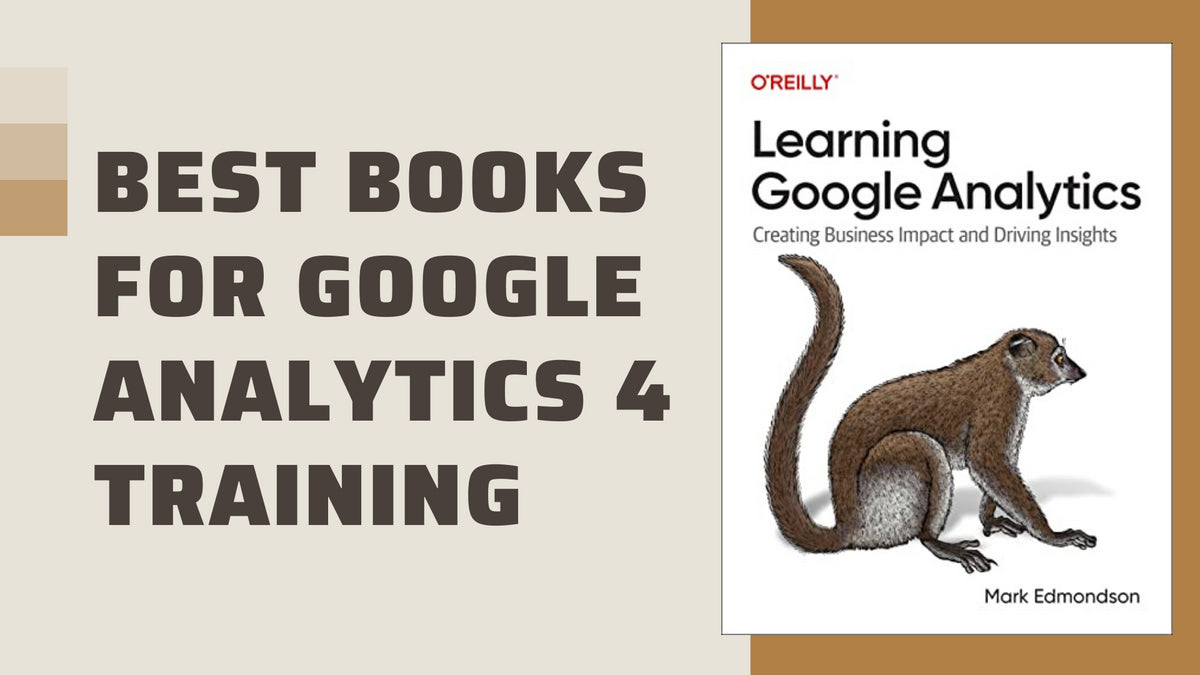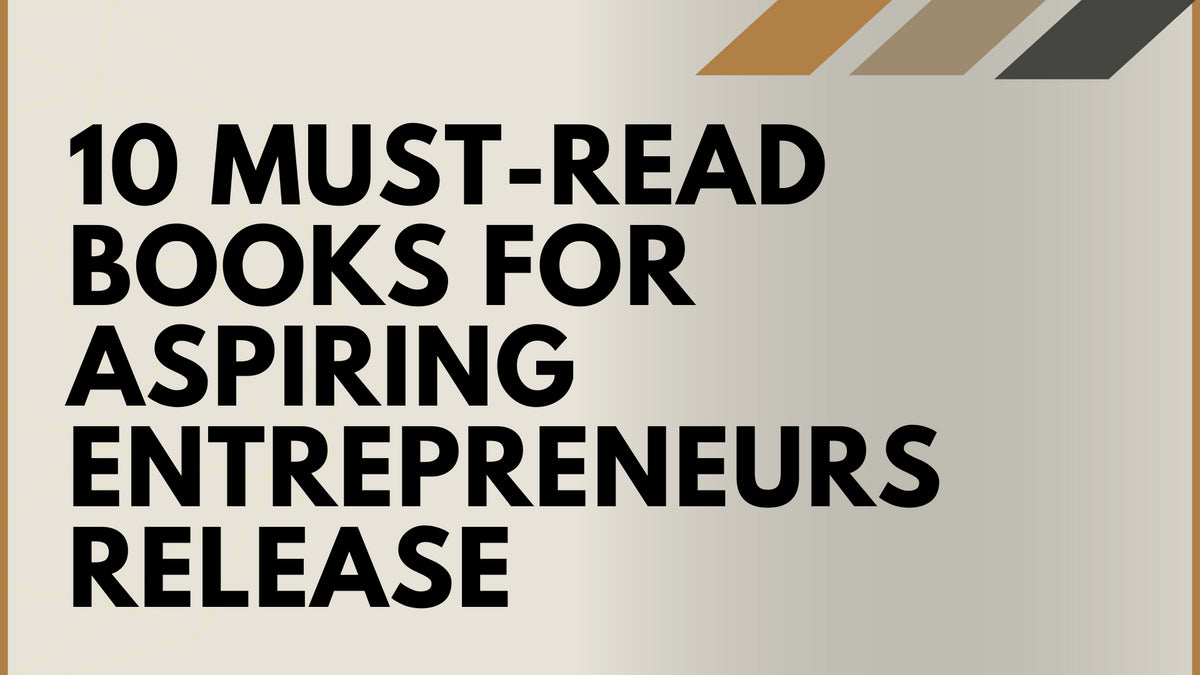Your Cart is Empty
The E-Myth Revisited Book Summary: How To Start A Successful Business
Listen To This Article
Creating A System For Your Business
E-Myth stands for Entrepreneurial Myth. It is a legendary book among business leaders, perhaps even one of the best business books available. Any person starting or building a business will be well served by reading this book. Many myths will be shattered, new insights gained and you will be armed with a fresh perspective on many aspects of becoming successful in business. Creating A System For Your Business
You will soon understand why 80% of new businesses fail in the first 5 years of their existence and how you can save yourself from increasing that statistic. This book serves as a guide to those wondering what special tactics businesses that survive and run smoothly use. The book advises business leaders on how to make sure their trade is successful.
Lessons To Systematize Your Business
- The biggest entrepreneurial myth – thinking that being great at a technical skill, will make you great at running a business
- How to work on your business and not in your business. When your business depends on you, you do not own a business, but you own a job
- An insatiable need to know more, to learn constantly, to upskill and upscale, is an important characteristic of exceptional businessmen
- Shake off the Fatal Assumption that if you understand the technical work of a business, you understand a business that does technical work
- Always be willing to change if you want your business to give you what you want.
- When you venture into any business, you have to don 3 hats – that of an Entrepreneur, a Manager and a Technician. That is a tough job and most people are only technicians and do not have adequate managerial or entrepreneurial acumen
- The mistakes early managers make and how to avoid them
- Think of your business as a national franchise from day one and start building systems from the beginning itself. The business should be able to automatically run even in your absence

Featured In This Review
The E-Myth
$14.99
A book to organize and scale any business. Learn how to improve customer experience through systems that are repeatable. Get organized and run a better business.
SHOP NOWThe E-Myth Revisited Book Summary
The E-myth is a massive misunderstanding among businesses in America. It states that skillful effort and a great idea is enough foundation for a successful business. Reality Check - being technically skilled at your work, does not mean you can successfully run a business. If you are a good artist, baker, carpenter, etc, it does not mean if you set up a business in the same work, you will be successful. They feel the effort put into the technical work for their companies could be put into their own business rather than working for another person. This is an entrepreneurial myth which most people believe and fall prey to.
A business does not survive just on technical aptitude. It requires strong managerial and entrepreneurial skills as well. Hiring and managing employees, finding and satisfying customers, finances, innovation of products and services, advertising strategy, are only a few of the other works it will involve.

Entrepreneurs especially need to possess the multiple personalities required to start a business: The Entrepreneur, Manager and Technician and “the typical small business owner is only 10 percent Entrepreneur, 20 percent Manager, and 70 percent Technician.”
Entrepreneur: The entrepreneur is a visionary, a strategist, innovator, creative and lives in the future. He is the dreamer and the futurist. Deep insights and brilliant ideas are what he excels at. He tends to look at opportunities that challenges present. A controlling personality, can create havoc, and be ruthless when his sights are fixed on the larger goals.
Want to buy a book review like this?
Click here to learn how to get your book reviewed!
Manager: This is the pragmatic personality. He wants structure and order. He is the planner and organizer. He focuses on problems and how best to solve them. He clings to the status quo and craves for order in all he does.
Technician: The technician is the hands-on personality, living in the present moment, creating or doing work best suited to him. He is not a thinker but a doer. He is your inner workaholic, with little patience for new ideas, especially if the innovations flop.

People, especially moving from jobs to their own business, have a well-developed Technician personality, as in a job you are taught to tune out your entrepreneur and manager aptitude and focus only on technical skills. This imbalance is the reason why many budding business people fail at their business.
The book Tractionshares similar personality classification to this and is a perfect book to also ready for companies that are in the adolescence stage of growth.
Businesses also go through mature, adolescent and infant stages as we do. The main difference is that unlike humans, most businesses do not survive past adolescence. At the first stage, the infant stage, the business and the owner are the same, but you must understand the need to have multi-personalities: entrepreneur, manager and technician. It is natural that there will always be a dominant personality and this is usually the technician early on.
Phases of Business Growth are predictable and easy to prepare for if you manage yourself and company structure well.
Infancy: During this phase, the owner and the business are one and the same. People with good technical skills, start a business on the same. However, they forget that if the business depends on you and you continue to do what you have always been doing, then you do not own a business, you own a job.
Adolescence: In this phase, you move from being a technician to becoming a manager. You begin to hire employees and to delegate your responsibilities and workload to them. As a manager you have to learn to teach, delegate and trust others with work.
Maturity: Build a business. Great businesses start great. Once they are through with the teething problems in the infancy and adolescent stage, they focus themselves entirely on building, rather than doing business. They think systems, visualize their company persona, and put in place replicable systems to bring in the desired results. They should be system focused and not people focused, to achieve success.

This kind of structural prototype will enable your business to become independent of you. You are now free to work on your business and not in your business. For much more on this achieving this systematic structure read the book Built To Sell or The Great Game Of Business. It will help you look at your business from the outside.
But this isn’t the way businesses typically start. More often than not, the new business owner is excited as they are finally doing the work all by themselves. For example, a chef opens his own restaurant and now makes his own meals. At this early stage, success would lead to the need for faster production and more customers eventually overwhelming the new business owner. Hiring an assistant is usually the second stage, the adolescence stage. This usually leads to sub-par quality in the business as the owner assumes that the jobs have been taken care of up to standard.
Businesses that make it into maturity are founded with a broad perspective and have their structure planned from the beginning. The future has to always be considered for a business to be successful, a future where the business runs independently without the owner. With this approach, the business is likely to make it past adolescence since it will be able to handle the growth. This is what the founder of Behance refers to in his book as The Messy Middle. And what a wonderful book it is. Full of specific situational examples and suggestions.
For example, the chef is familiar with the practical work his restaurant requires and will make meals to the best of his ability. The entrepreneurial perspective will help him set his restaurant apart from its competitors. An entrepreneurial model is needed so as to implement an entrepreneurial perspective.
The entrepreneurial model includes how the product is to be delivered, identifying your ideal customer, your market opportunities, and consistently high quality delivery.
Your business will likely struggle if you have a single personality. When handling a business, we need to leverage our various personalities, namely technician, manager and entrepreneur. As an entrepreneur, we create new products, but as technicians we often get frustrated trying to implement the new idea.
The innovator is the entrepreneur always seeking opportunities. The entrepreneur is a visionary, and a dreamer mostly focused on the future and the possibilities for success. That high-energy often leads to chaos as frustration grows when things lag. There's no innovation without the entrepreneur. The manager seeks order and perfection and is a problem solver as well. As the entrepreneur creates and innovates, the manager organizes things. The technician side enjoys getting work done and overseeing work-flow. The business would never function if not for the technician.
A suggested solution for envisioning the structure is to imagine your business as a franchise. The first step of building a franchise is making a franchise prototype. A franchise prototype is the original concept of your future replicated business. It offers the consumer value and can be operated by anyone as it is simple. The prototype's value could be anything from excellent customer service to reasonable pricing.
For example, the chef's restaurant value could be his amazing fried chicken that is served with free salad.
Next, the business should be designed in such a way that rather than being expert dependent, it could run efficiently without relying on technical experts. For instance, if the chef designs a functional training schedule for new chefs and has each trained to make the perfect fried chicken, he would not have to oversee the operations. This is something discussed in the award winning book Good To Great.
Lastly a business needs an organizational chart. A business can only succeed when everyone knows their responsibility. This can be achieved by drafting an organizational chart. Even when the business is in the infant stage, consider how many workers will be needed and what their duties would be. Consider the standards expected out of each position as well. For example, the chef is aware that his restaurants would require three chefs, an accountant, a manager and a general manager. Another plus of this strategy is accountability. Depending on your growth goals you might enjoy reading about how to make a great company in the book Small Giants.

E-Myth’s Business Development Program can help you create a replicable business system or prototype. It contains the following important steps:
Primary Aim: To know this, you must first define your life goals. Great people chart their own life path and plan meticulously to attain their life goals. Clearly defined goals, the ability to keep refining these goals and the clarity of thought and effort to attain these goals, will tell you the primary goal.
Strategic Objective: “Your Strategic Objective is a very clear statement of what your business has to ultimately do for you to achieve your Primary Aim.” This will tell you what you should do to fit your business into your primary aim.
Organizational strategy: This is about hiring employees. Your strategy should be to hire unskilled or low skilled people, primarily technicians. This strategy will allow you to work on your business, and not in it.
Management Strategy: Automation is the key to great management strategy. That is why you need to hire unskilled labor. They are replaceable and they will not bring their own expertise to the job to be done, but follow the structure in place.
People Strategy: Be an inspiring leader and lead by example. This will lead your workers emulate you and scared to disappoint you.
Marketing Strategy: Demographics (know your customer) and psychographics (know his purchasing pattern) are two pillars of an effective marketing program. Don’t sell to the customer but fulfil a need of his.
Systems Strategy: Business relies on 3 kinds of systems –
Hard Systems: This includes inanimate things like computers, desks, chairs, etc
Soft Systems: This includes animate things, ideas and living things like people, free perks, etc
Information systems: These can be manuals, data collected about customers, training brochures and any other material which shows interaction between the hard and soft systems.
This book debunks many myths about starting your own business or improving an existing business. Gerber takes you through the many pitfalls of a new business and also shows the way to navigate your way through growth. As you grow you need to build a leadership team and an important book on how to do that right is Developing Leaders: Why Traditional Leadership Training Misses the Mark.
About The Author Michael E. Gerber
Michael E. Gerber is an American author who was born on June 20, 1936. He is the founder of a business training company, Michael E. Gerber Company, based in California. He is a renowned business author and entrepreneur that has influenced the lives of millions across the world. Michael E. Gerber's goal is to influence entrepreneurship and small businesses worldwide.
Inc. Magazine named Michael E. Gerber as "the World's #1 Small Business Guru." Gerber plunged into the business world, more than 40 years ago. He has helped innumerable small business owner-clients to successfully transform their businesses into world-class operations. He is a true legend of entrepreneurship.
Michael E. Gerber is the author of The E-Myth Revisited and nine other worldwide best-selling E-Myth books concerning small business entrepreneurship, leadership, and management. His books are New York Times bestsellers for over two consecutive decades.
This book was originally published as The E-Myth in 1986. The E-Myth Revisited is a revised and updated version of the same book, published in 1995 and sold more than a million copies worldwide.
He has also written 19 industry-specific E-Myth Vertical books co-authored by industry experts, for Attorneys, Accountants, Optometrists, Chiropractors, Landscape Contractors, Financial Advisers, Architects, and many more.
His mission is “to transform the state of small business worldwide”.
Want to buy a book review like this?
Click here to learn how to get your book reviewed!
Leave a comment
Comments will be approved before showing up.
Also in Books

The Best Books for Google Analytics 4 (GA4) Training
Unlock the secrets of Google Analytics 4 with our curated list of the best GA4 training books for 2023! Dive deep into actionable insights, master advanced techniques, and lead the digital analytics revolution. Don't get left behind; discover the ultimate resources to dominate GA4. Click now to elevate your skills!
Read More
10 Must-Read Books for Aspiring Entrepreneurs
Do you dream of starting your own business? If so, you need to read this article! We've compiled a list of 10 must-read books for aspiring entrepreneurs. These books will provide you with the knowledge and inspiration you need to turn your dream into a reality. Click here to read the article and learn more!
Read More
Top 15 Books on Personal Finance
Are you looking for a safe and informative place to learn about personal finance? If so, you've come to the right place! This article discusses the top 15 personal finance books on the market, all of which are sure to help you improve your financial situation without any explicit sexual descriptions or that is sexually suggestive in nature or is primarily intended to cause arousal.
Read More